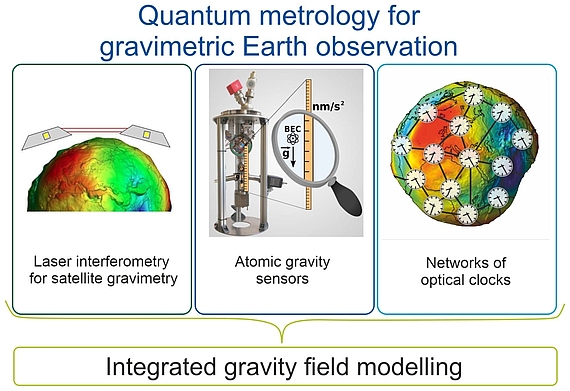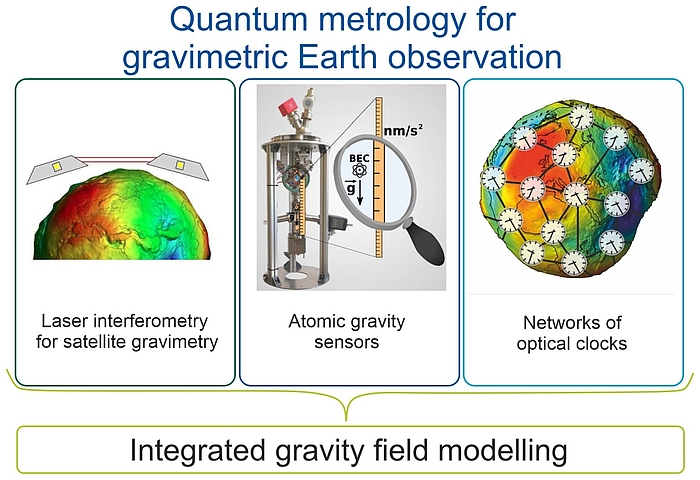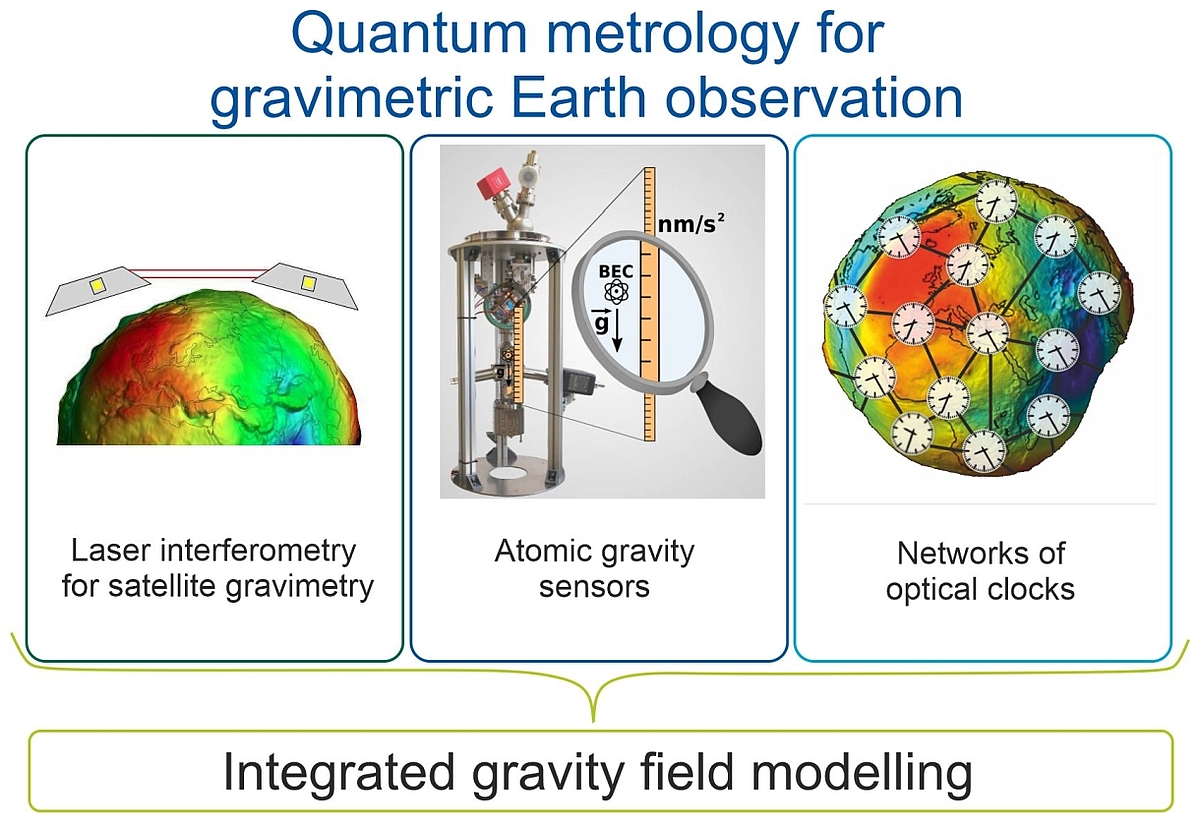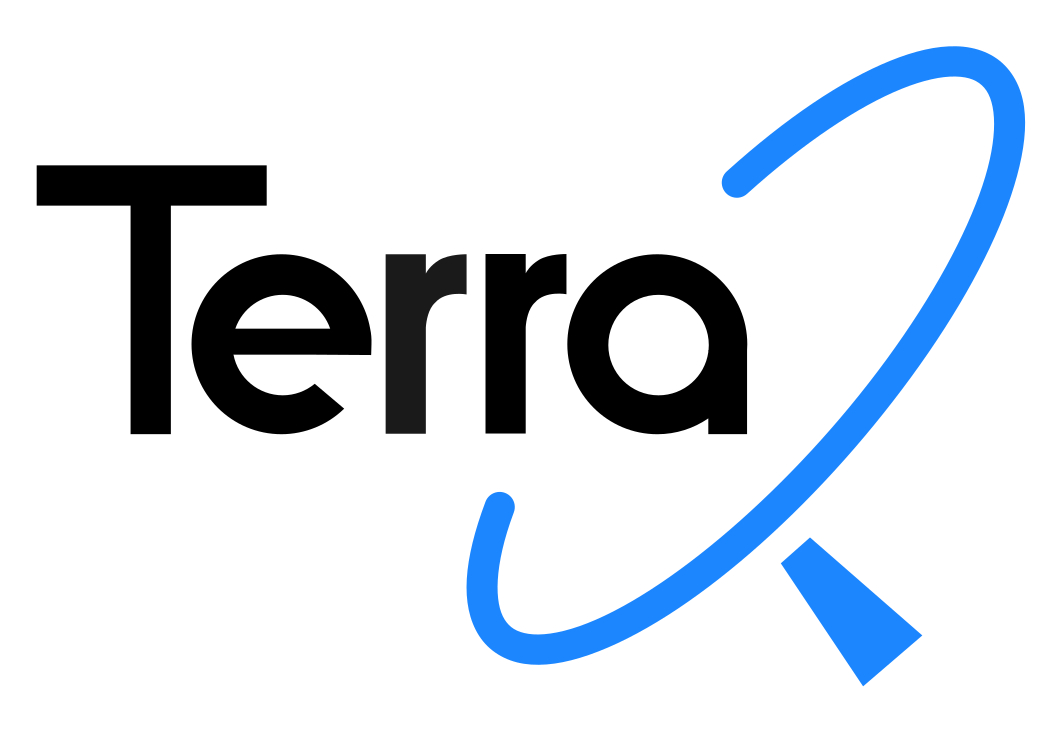Motivation


 ©
TerraQ
©
TerraQ
The Intergovernmental Panel on Climate Change (IPCC) report has clearly identified gravity variations as strong indicators for climate change. Mass redistribution in the Earth system causes very diverse gravitational signals, spanning a wide range of spatial and temporal scales.
These processes in the Earth system are not only key factors in the context of global change in general, they directly influence the living conditions of millions of people world-wide, being directly affected by any changes in the global hydrological regime. The effects are manifold, from flooding or droughts in certain areas to sea level changes at the coastlines.
For a deep understanding of the complex interactions in the system Earth, especially how mass transport is really taking place, a global coverage of high precision gravity data is needed. So far, however, gravitational signals from most of the relevant mass transport processes in the Earth system could only partly be observed because of the limited capabilities and precision of the measurement systems or their limited coverage.
Tasks
Based on our worldwide leadership in laser interferometry in space, in quantum sensor and clock developments and in geodetic modelling, we will ...
- investigate laser-interferometric systems for ranging between test masses in Earth orbit for satellite gravimetry. Here, TerraQ builds on its researchers' knowledge from previous successful satellite missions such as GRACE Follow-On to make the next step in resolution and accuracy, i.e. realising the nanometer level for inter-satellite tracking.
- study and develop quantum sensors for rapid and very accurate gravity measurements reaching the few nm/s2 level, based on matter wave interferometry with cold atoms. These developments include both compact, mobile devices for field campaigns and large-scale stationary devices for extreme precision. While the former enable new strategies for local and regional gravity surveys, the latter will provide a new gravity standard in the future.
- pioneer the concept of chronometric levelling for the realisation of physical height systems and gravity field observations. Key is the measurement of frequency differences due to the gravitational redshift of far separated clocks to determine gravity potential differences in geodetic networks. For this, we use transportable optical atomic clocks connected by optical fibres. These clocks and concepts will now be developed to achieve at first a few cm accuracy, and later the mm level needed in geodetic practice.
- put the analysis models, that are required to characterise and apply the novel measurement concepts on a sound theoretical basis. We will perform dedicated geodetic and relativistic modelling of the various involved gravity field quantities to firmly show the superior performance of the new approaches compared to the conventional ones.












